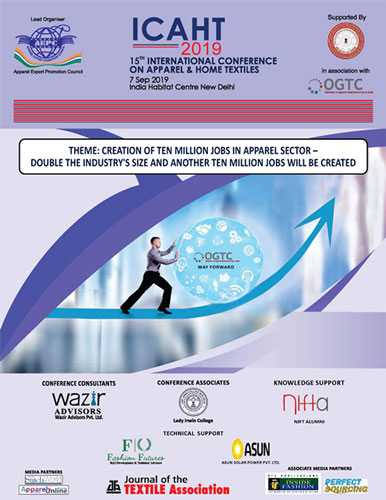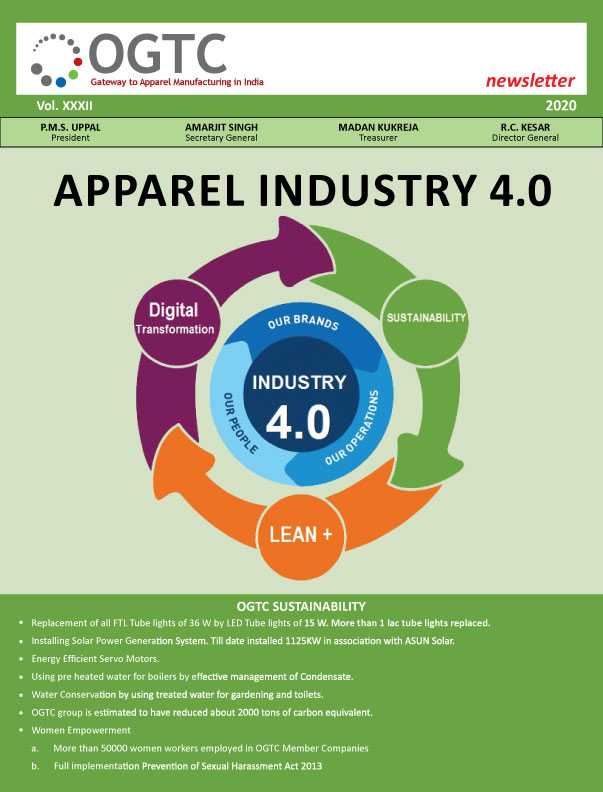
Solutions
International Taxation
Audit & Assurance
Corporate and Transactional Advisory
Global Capability Centres (GCC’s)
Achieve clarity, confidence, and control.
Get expert financial guidance and tailored solutions that drive growth.
Get a Free Consultation
Industries
Business Size
Fuel your business potential with trusted advice.
We’re here to simplify your finances and fuel your growth.
Resources
Recent Blogs
All Blogs →
Company
International Desk













.webp)

.webp)

.jpg)

.webp)
.webp)
.webp)










.png)
.png)
.png)
.png)
.png)
.png)







.svg)
















%20(13).webp)
.webp)